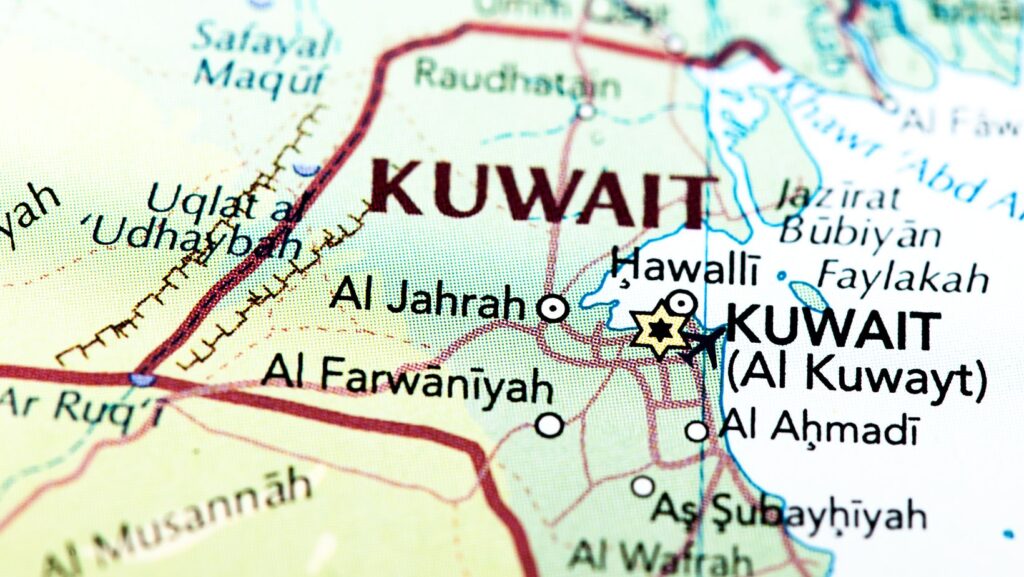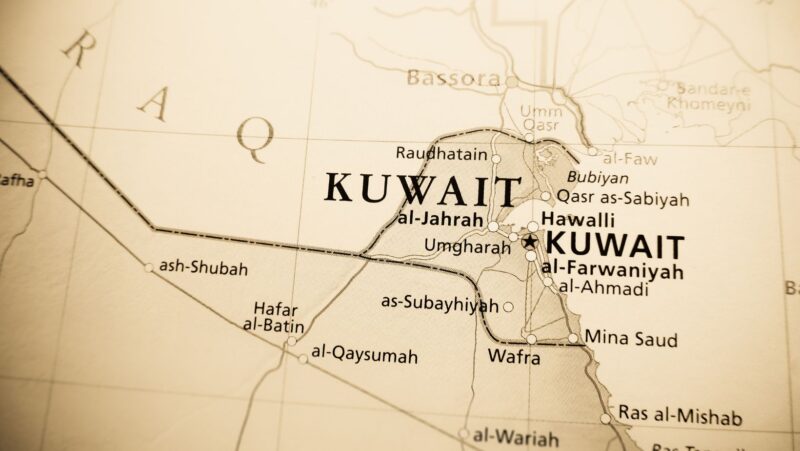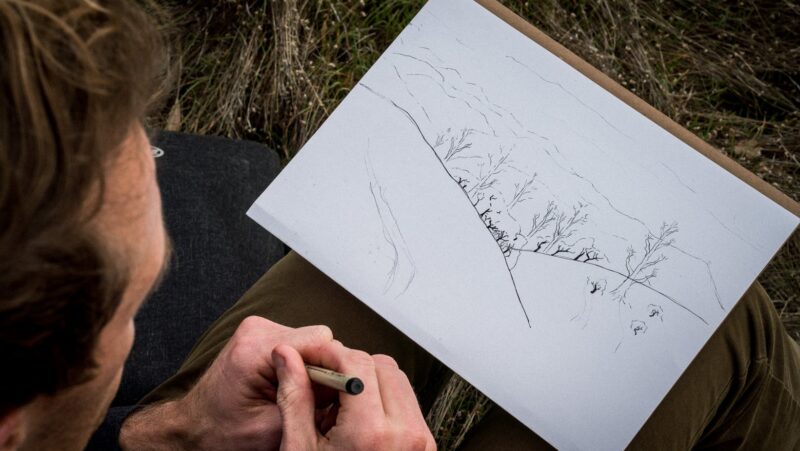
Kuwait, a gem tucked away in the Middle East, is more than just an oil-rich nation. It’s a land of contrasts, where modern skyscrapers stand tall against a backdrop of stunning desert landscapes. This article unveils the intricacies of Kuwait’s map, providing a comprehensive guide to enjoy from work from home jobs in this dynamic country.
Map:44so-ctnfm8= Kuwait

It’s characterized by flat, arid plains that lead to desert landscapes. The Burgan Sand Plateau, an example, covers a large portion of the country. It’s home to the world’s second-largest oil field, transforming it from a mere geographic feature into a national treasure.
Devoid of natural water sources, Kuwait relies heavily on seawater desalination—an approach that fits their geography perfectly. The country flanks the Persian Gulf, providing it with a coastline that stretches to 499 kilometers and hosts its biggest city, Kuwait City.
Through this unique interplay of desert and cityscape, Kuwait’s geography offers an interesting dichotomy waiting to be mapped and explored. No wonder, a detailed map of Kuwait holds innumerable discoveries within its lines and contours.
Historical Maps of Kuwait

It was historically an intense maritime nation, as referenceable through maps from the early 18th century, showing significant activity around the Persian Gulf. Documentation also reveals traces of the pearl diving industry, which set the economic apparatus into motion before oil discovery in the 1930s. In maps from the mid-20th century, dramatic geographic changes, especially around the Burgan Desert, hint towards the massive oil exploitation that fortifies Kuwait’s economy.
Present-day maps, on the other hand, give a glance at the country’s expansive urban development, personified by dynamic structures like the Al Hamra Tower. Every map in essence chronicles its peculiar era, providing an informative snapshot of Kuwait’s progression over time.
Modern Mapping Technologies Used in Kuwait
Mapping in Kuwait has transformed significantly due to advancements in technologies. Accurate, real-time data collection through Geographic Information System (GIS) and satellite imagery facilitate a comprehensive and dynamic understanding of Kuwait’s land use patterns, and its socio-economic and environmental changes.
GIS technology, in particular, proves crucial for urban planning and environmental management. For instance, Kuwait’s Public Authority for Civil Information (PACI) employs GIS for land administration, spatial planning, and emergency response.
Satellite imagery, A tool for visualizing land development, helps architect the city’s future. In an example, the Landsat program’s high-resolution images reveal Kuwait’s urban expansion and environmental impacts over time.
Drone technology also plays a part, capturing a bird’s eye view of Kuwait City. This aerial perspective assists in examining the city’s intricate urban framework and identifying areas for development.
With GIS, satellite imagery, and drone technology, Kuwait embraces modern mapping methods for its ongoing urban development and environmental monitoring. These technologies seed a vital role in understanding and shaping Kuwait’s urban topography and its evolving geoenvironmental narrative.
Uses of Maps in Kuwait’s Development Projects
Mapping in Kuwait isn’t just about charting the nation’s physical landscape. It’s a tool that’s been instrumental in the country’s transformation from a humble fishing village to an economic powerhouse. Historical and modern maps have charted this journey, offering a visual narrative of Kuwait’s evolution. Today, cutting-edge technologies like GIS, satellite imagery, and drone technology are taking mapping to new heights.
They’re not only capturing real-time data but also aiding in urban planning and environmental management. PACI’s use of GIS for land administration and emergency response is a testament to this. So, as Kuwait continues to grow and evolve, so does its mapping, reflecting its past, present, and future in a way that’s as dynamic as the country itself.













